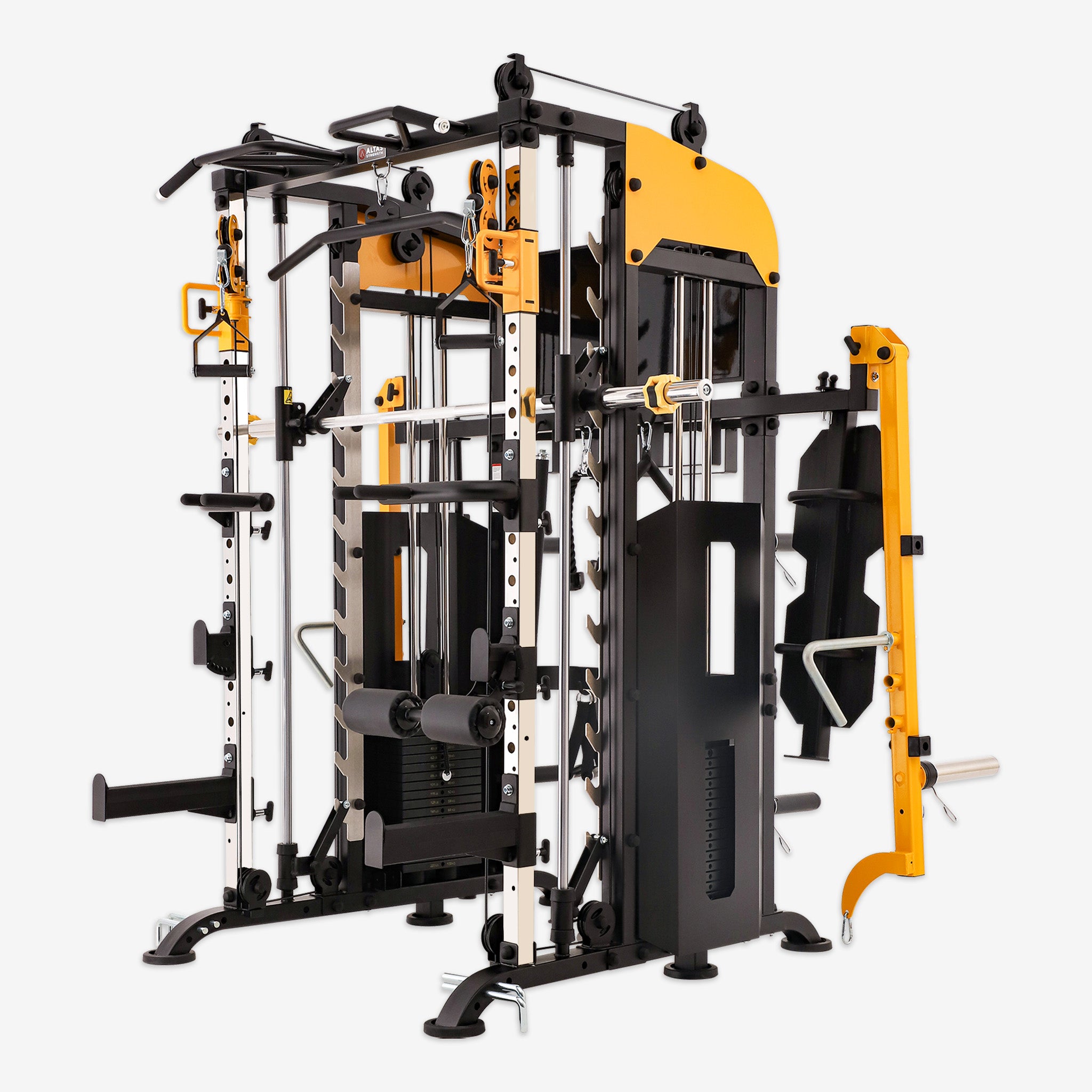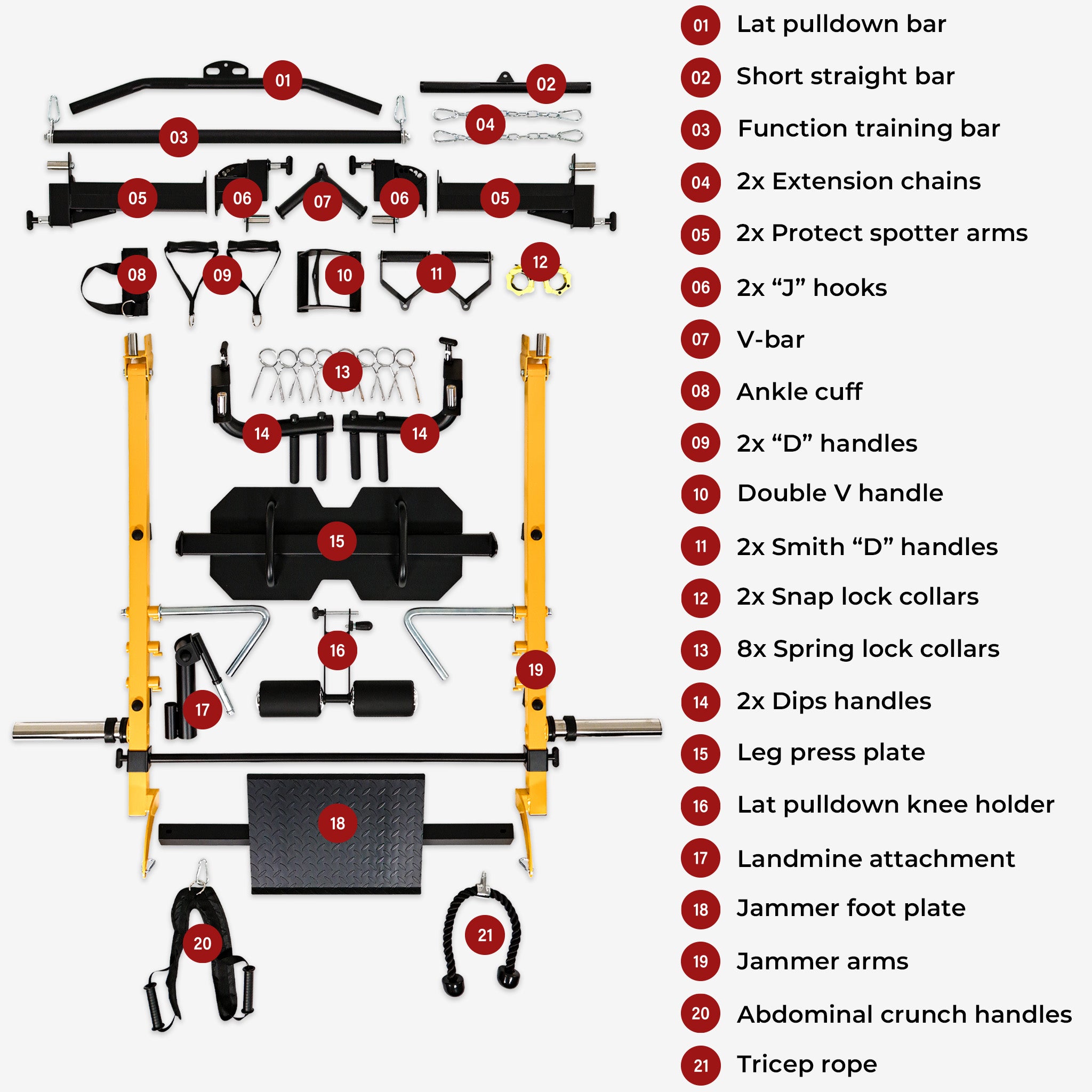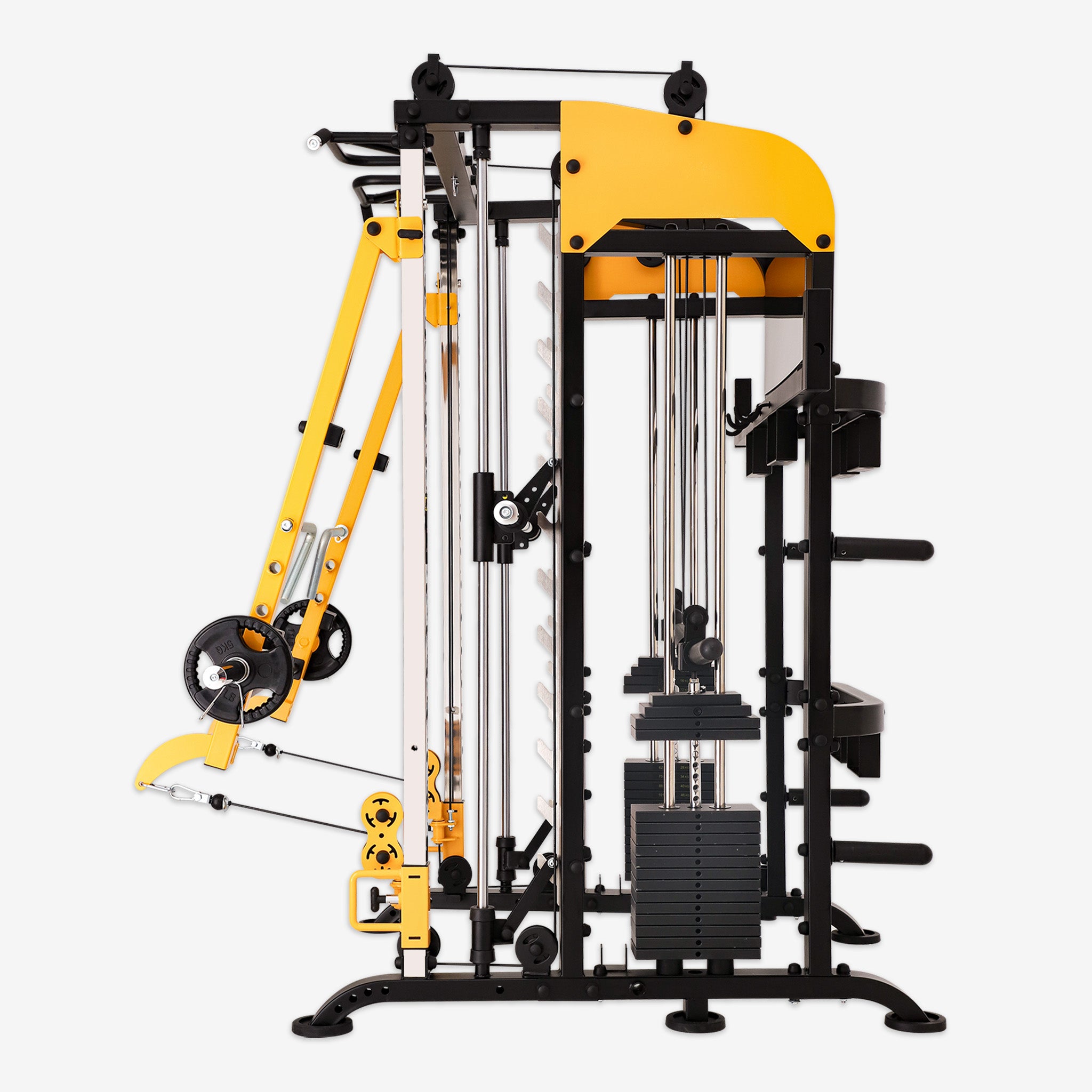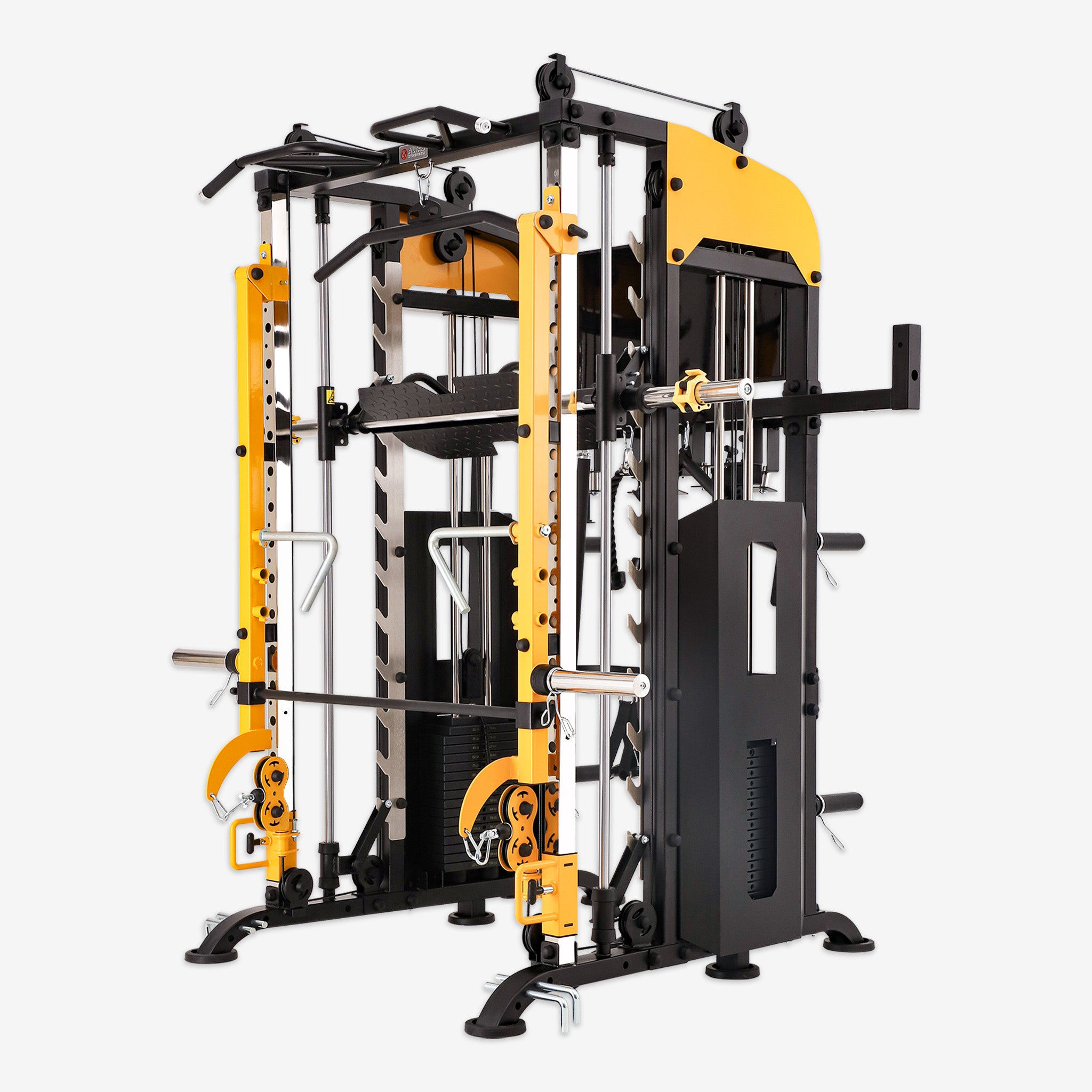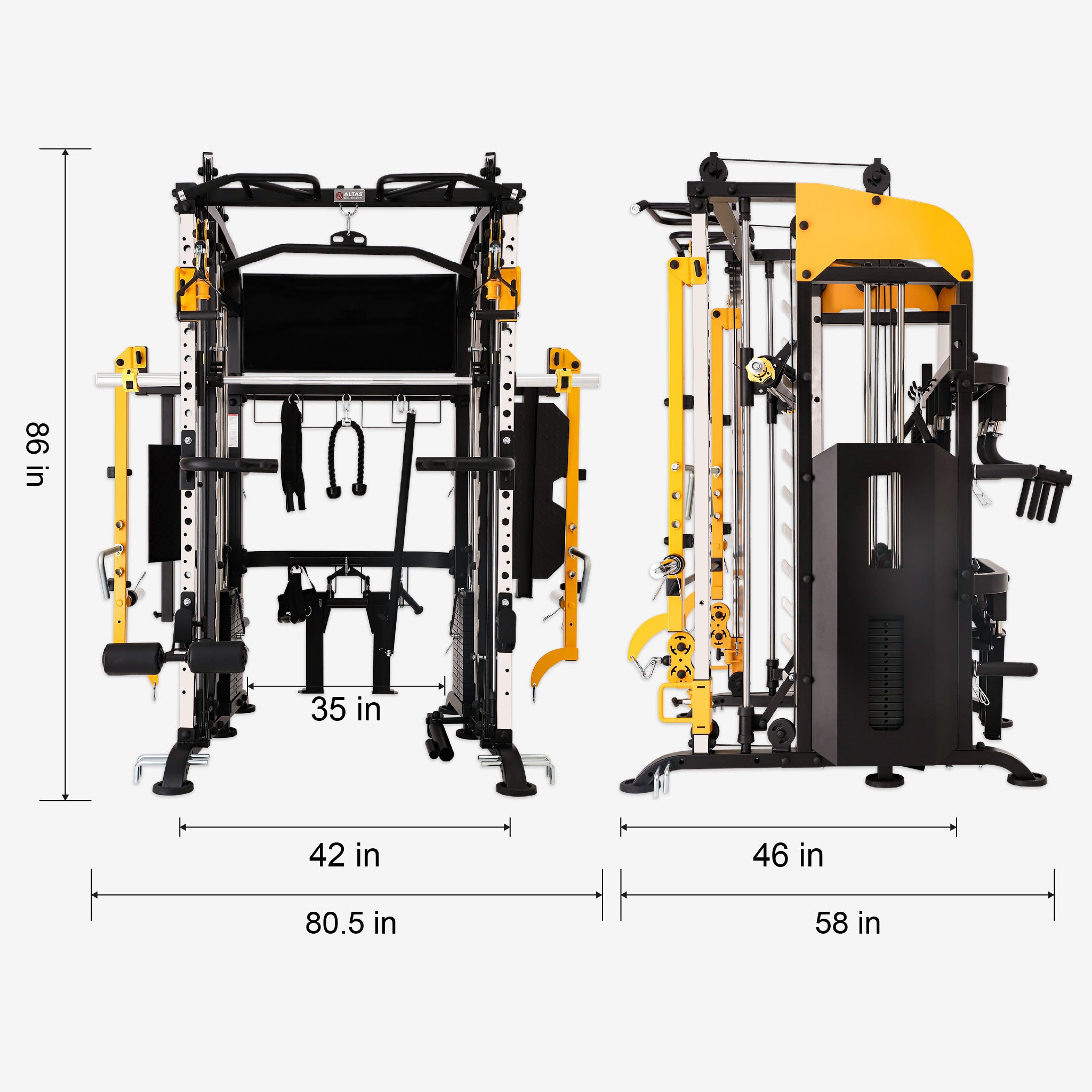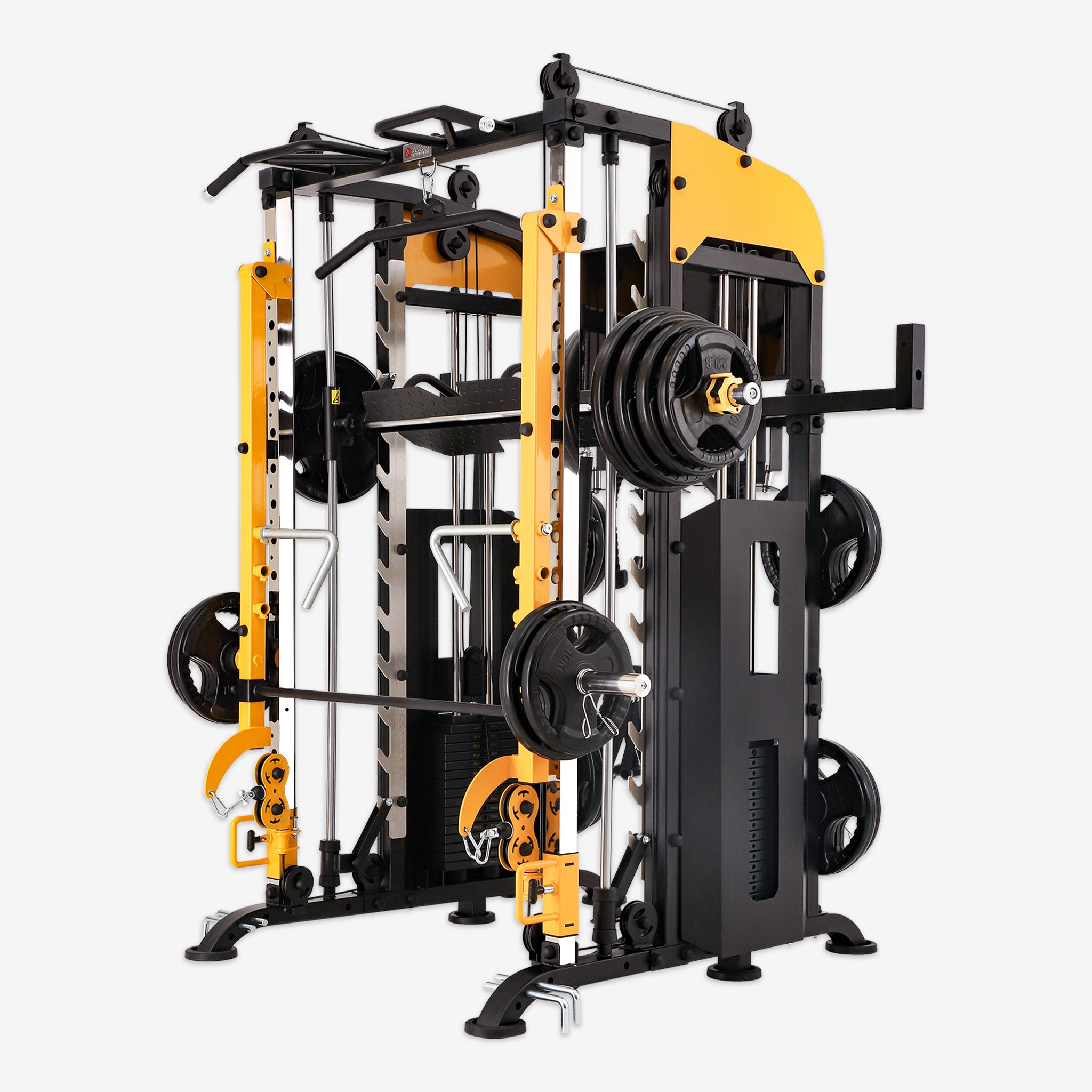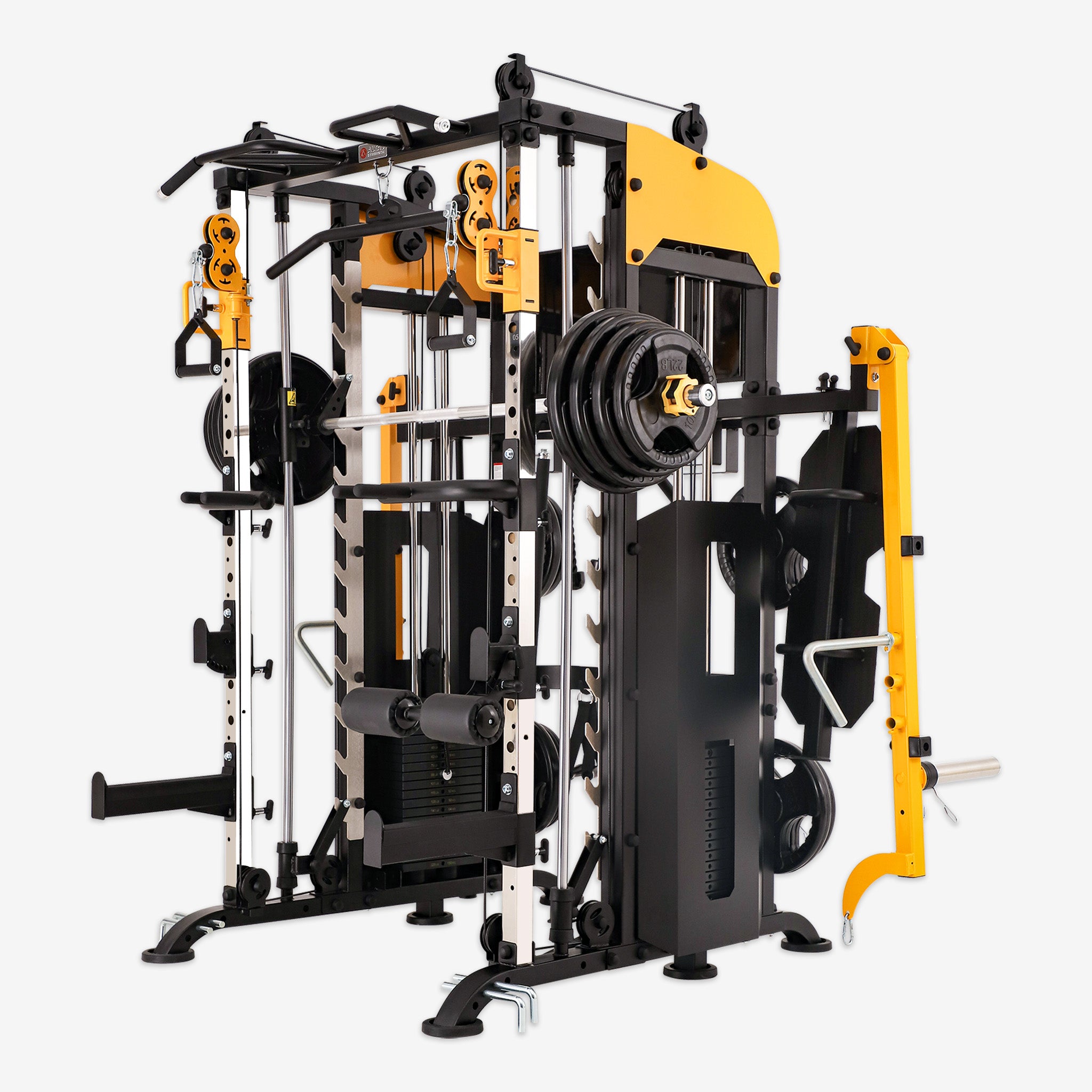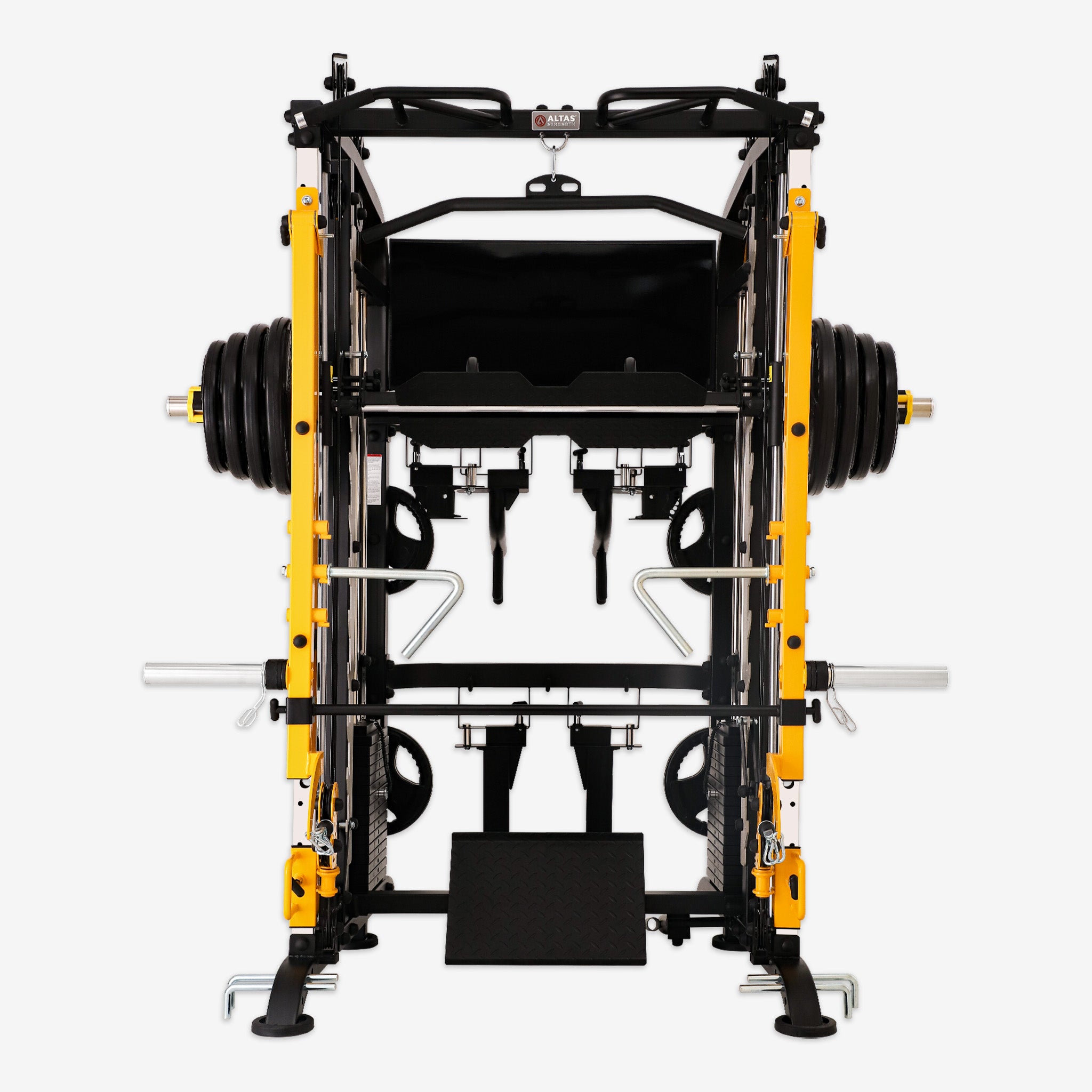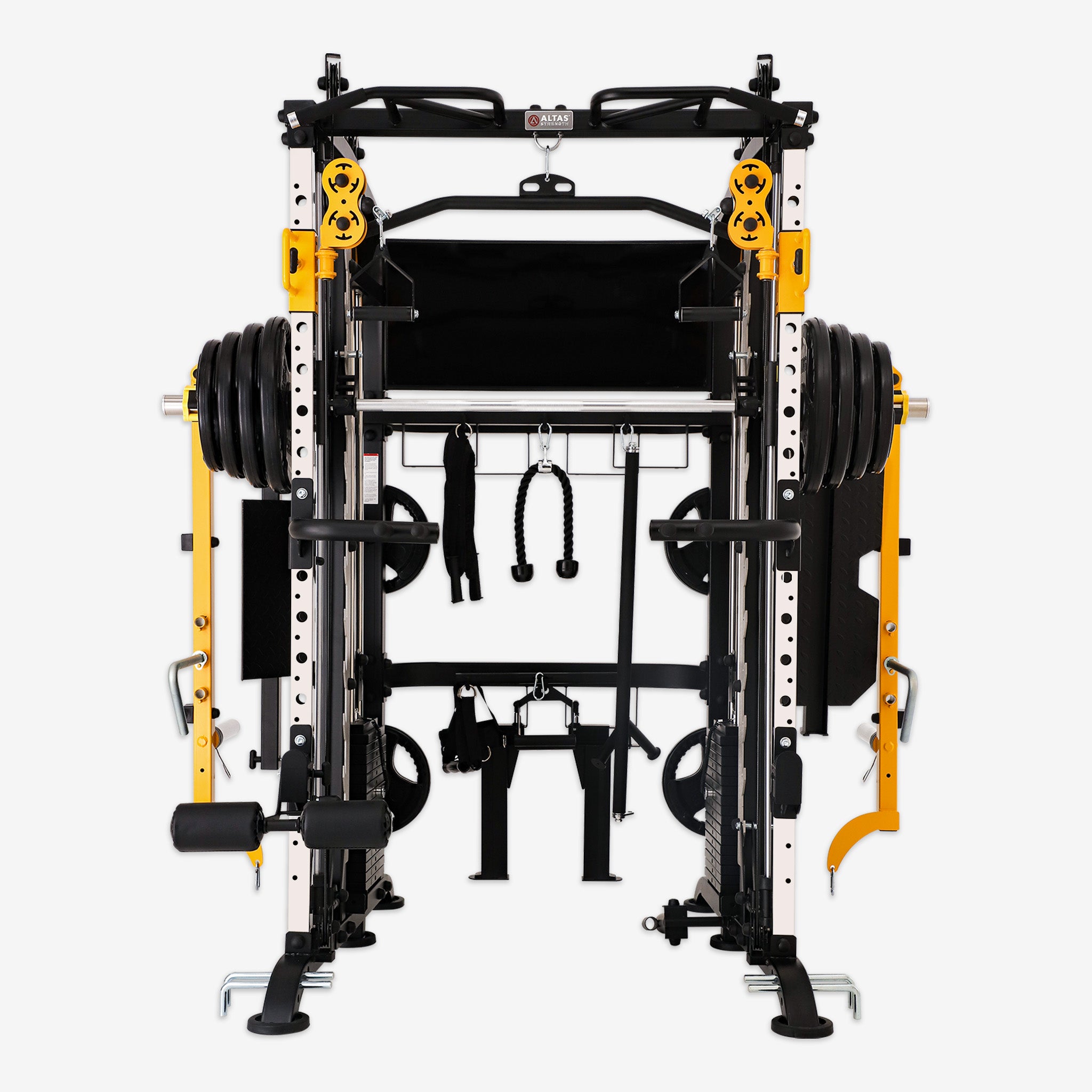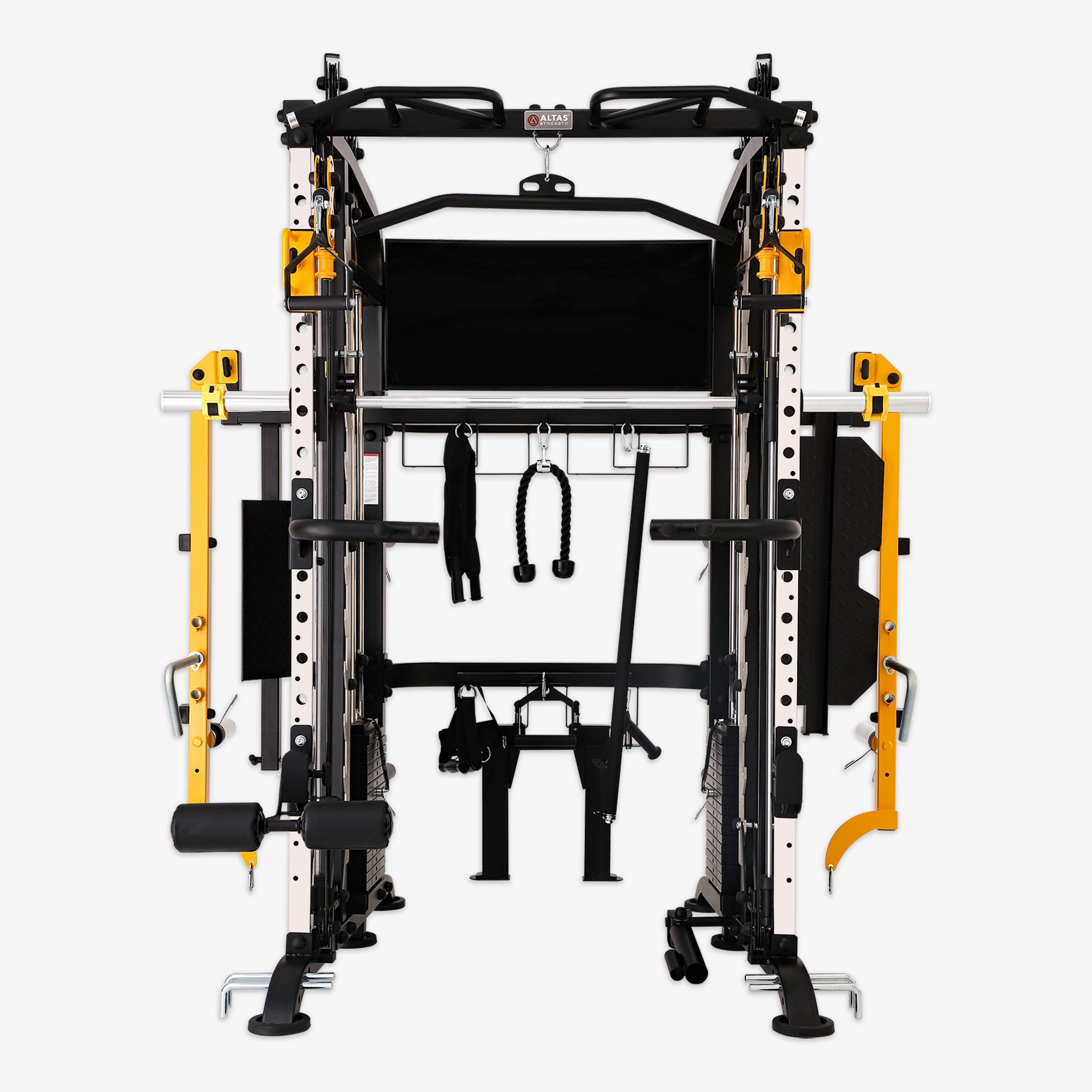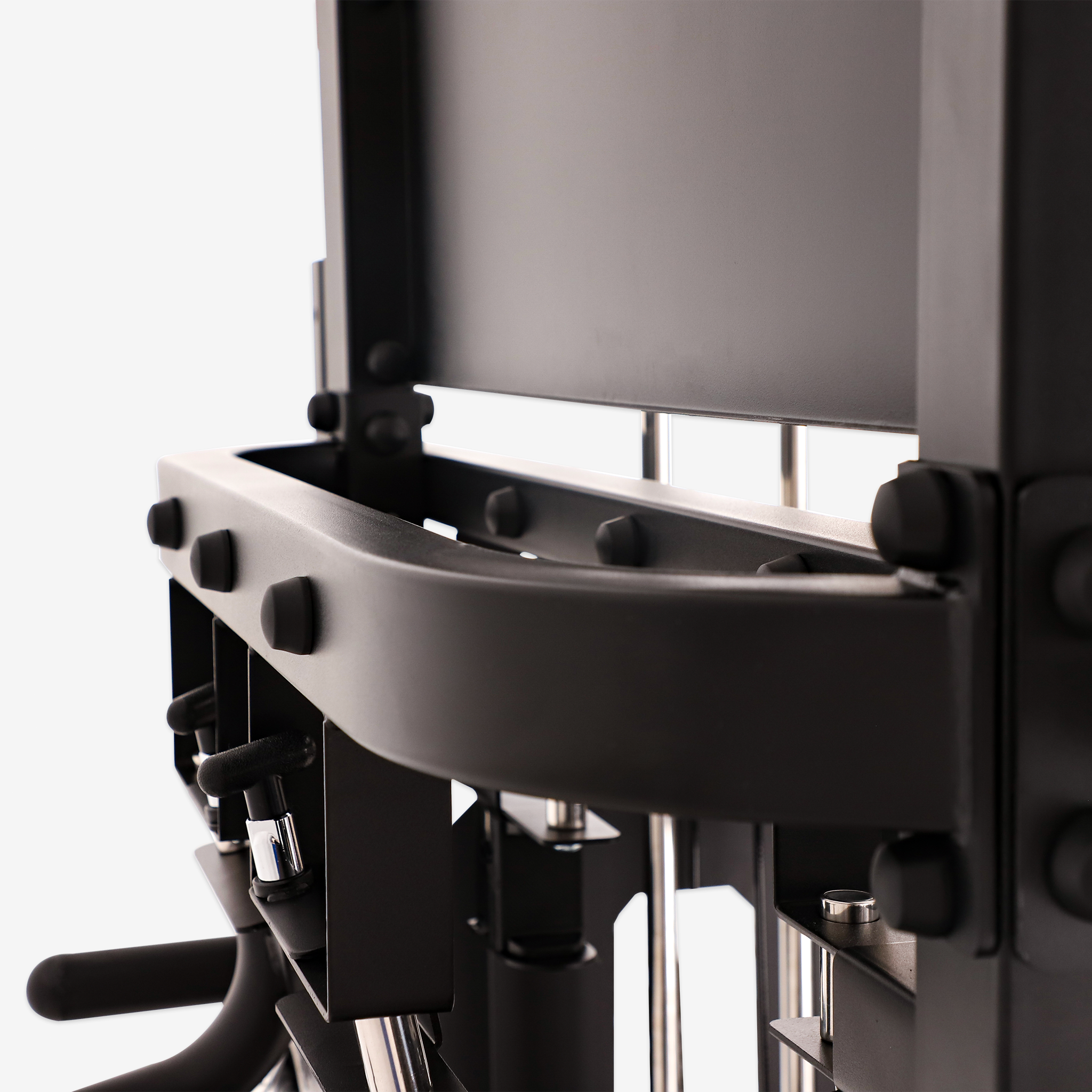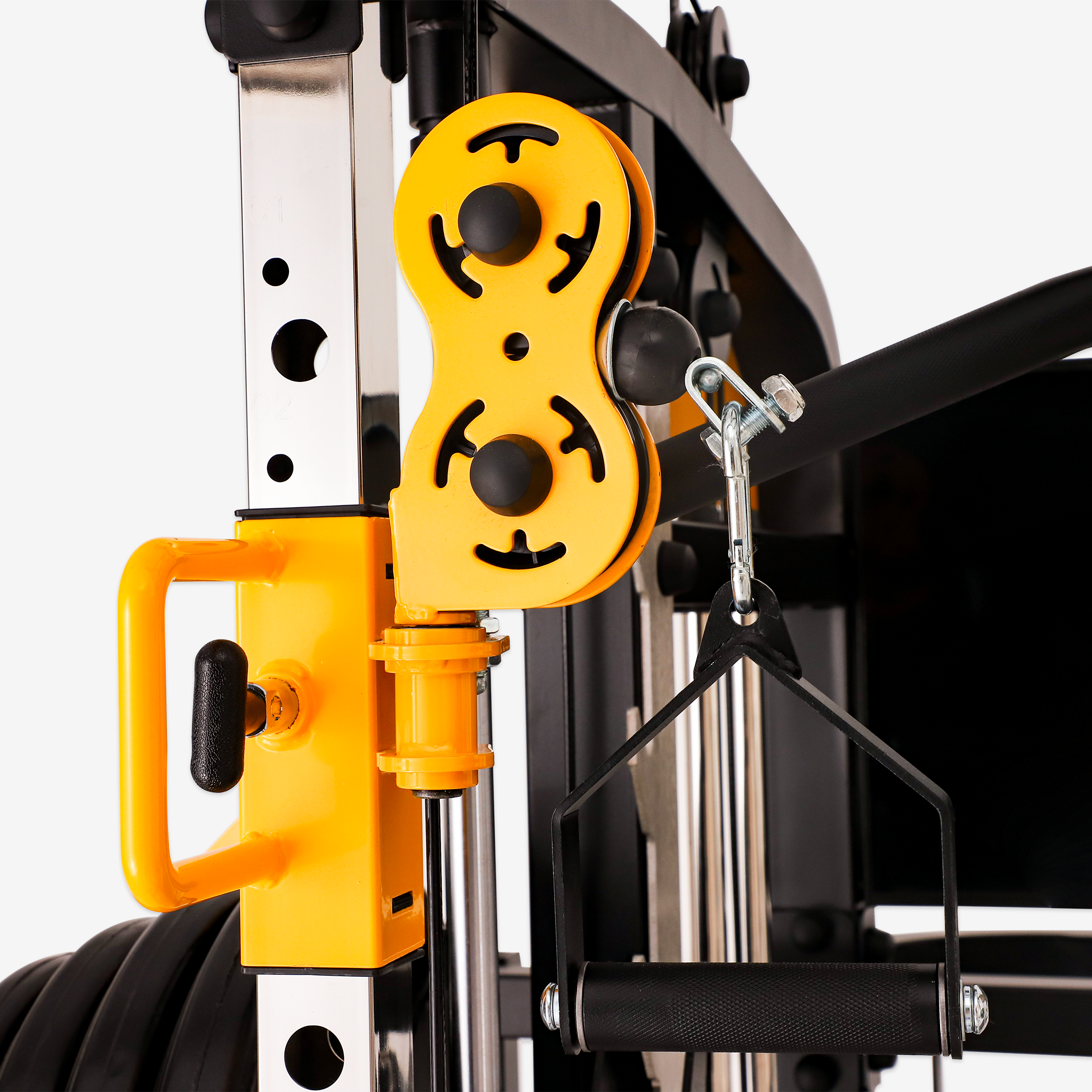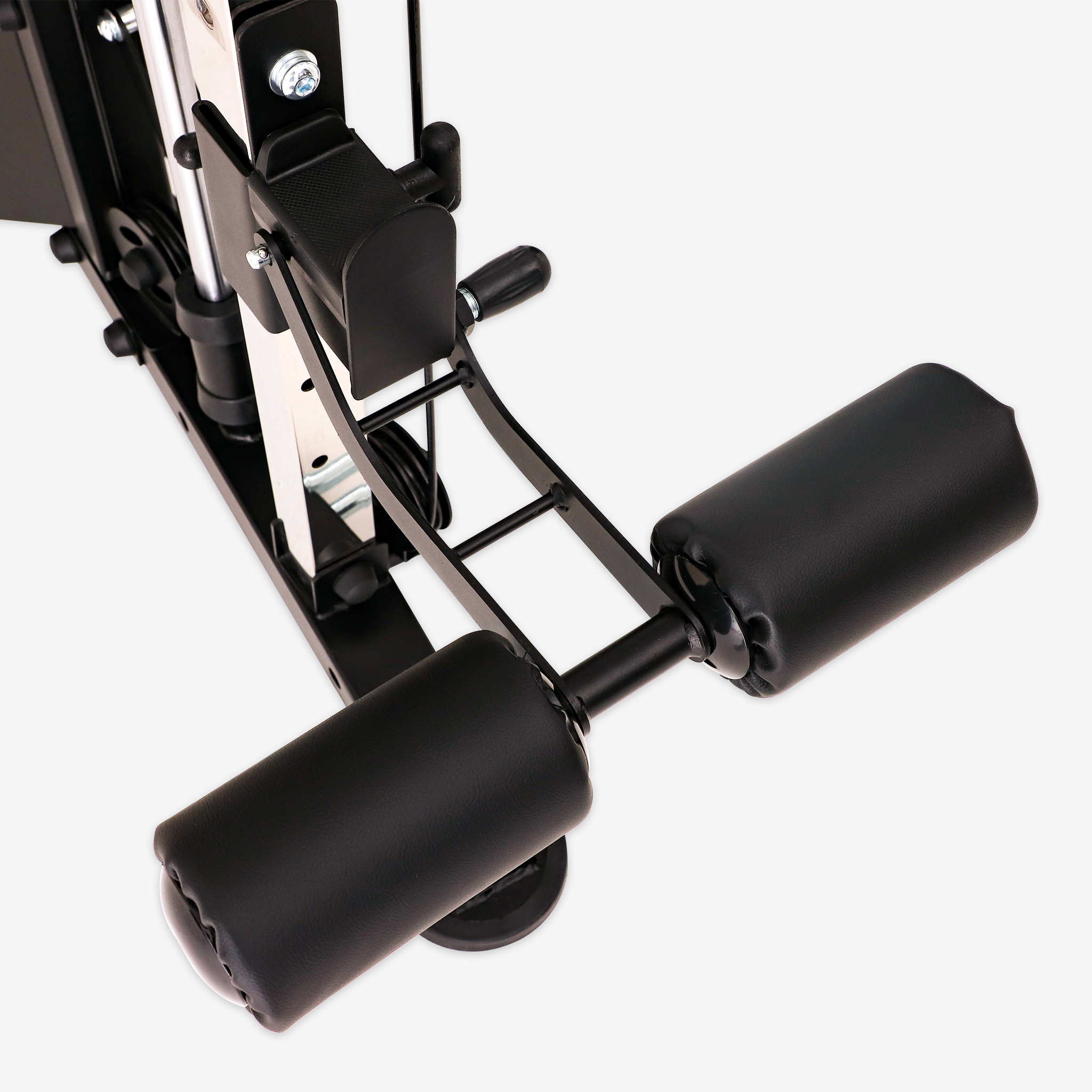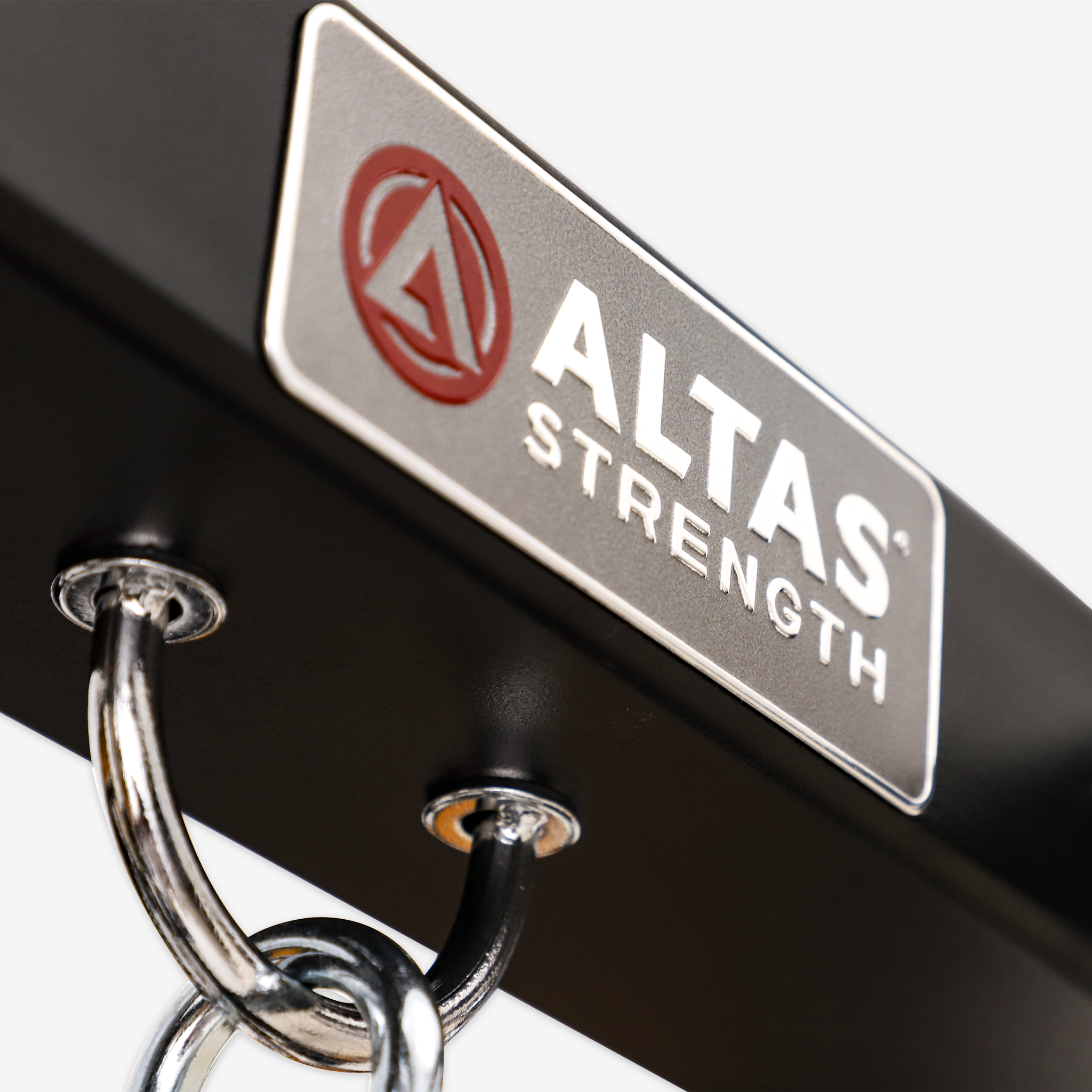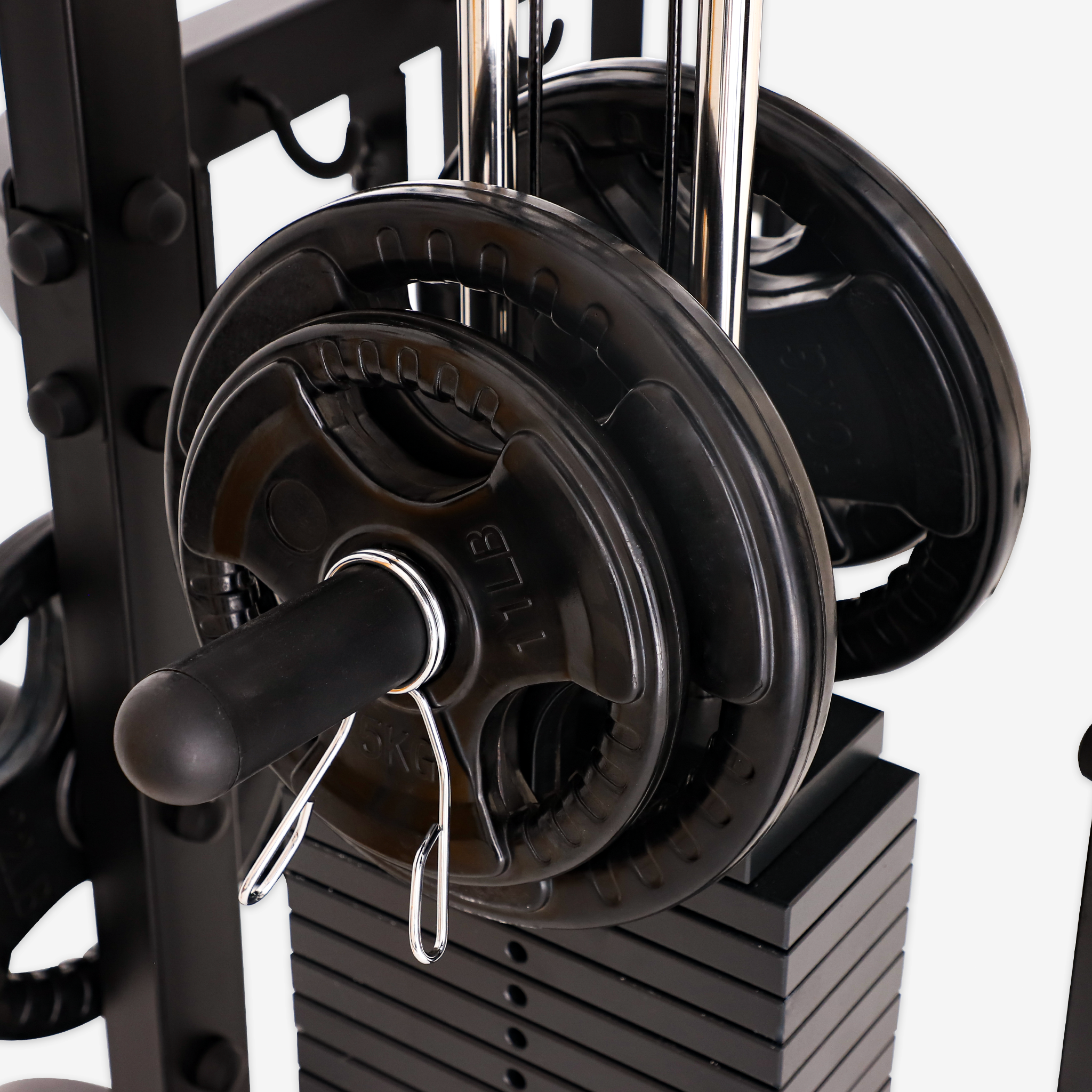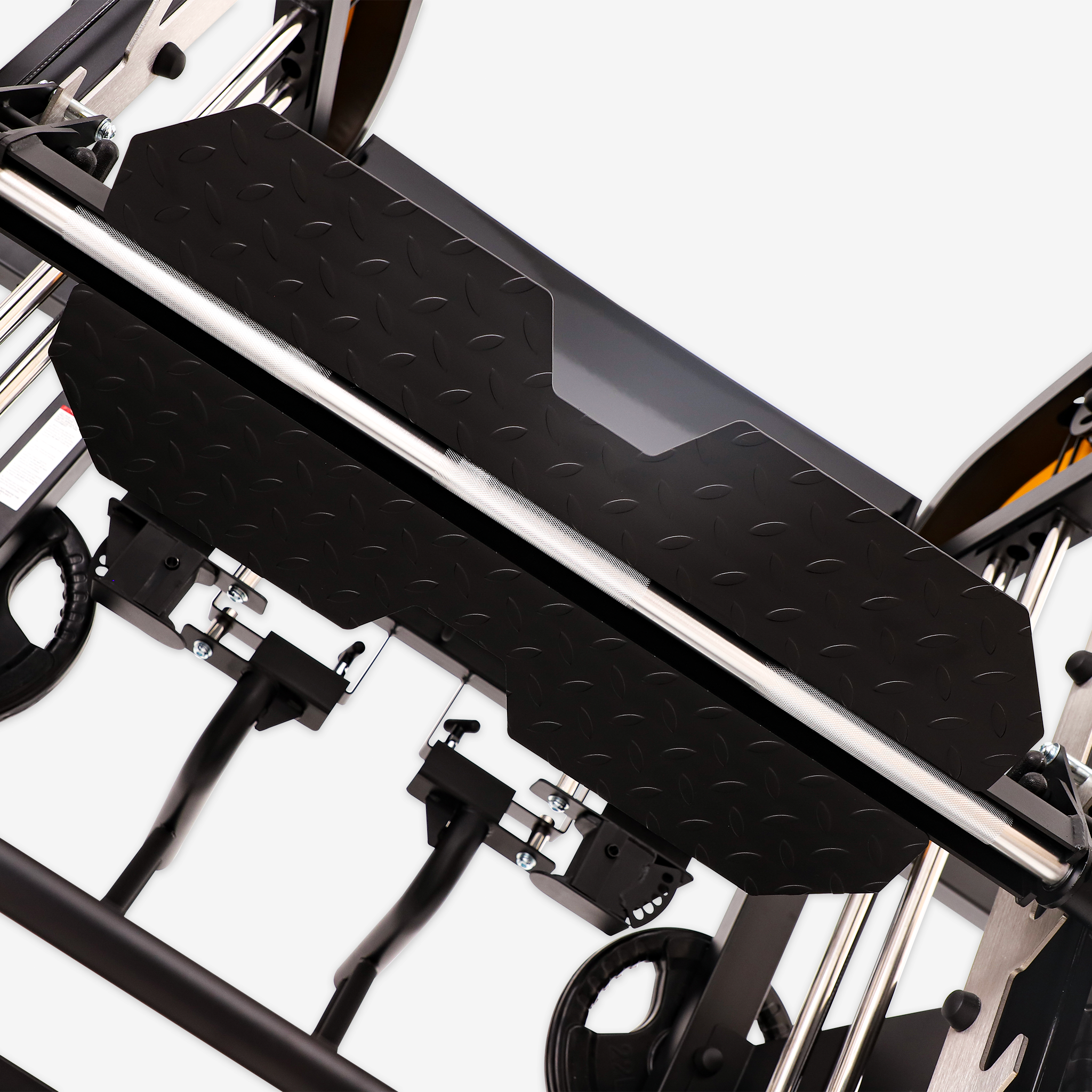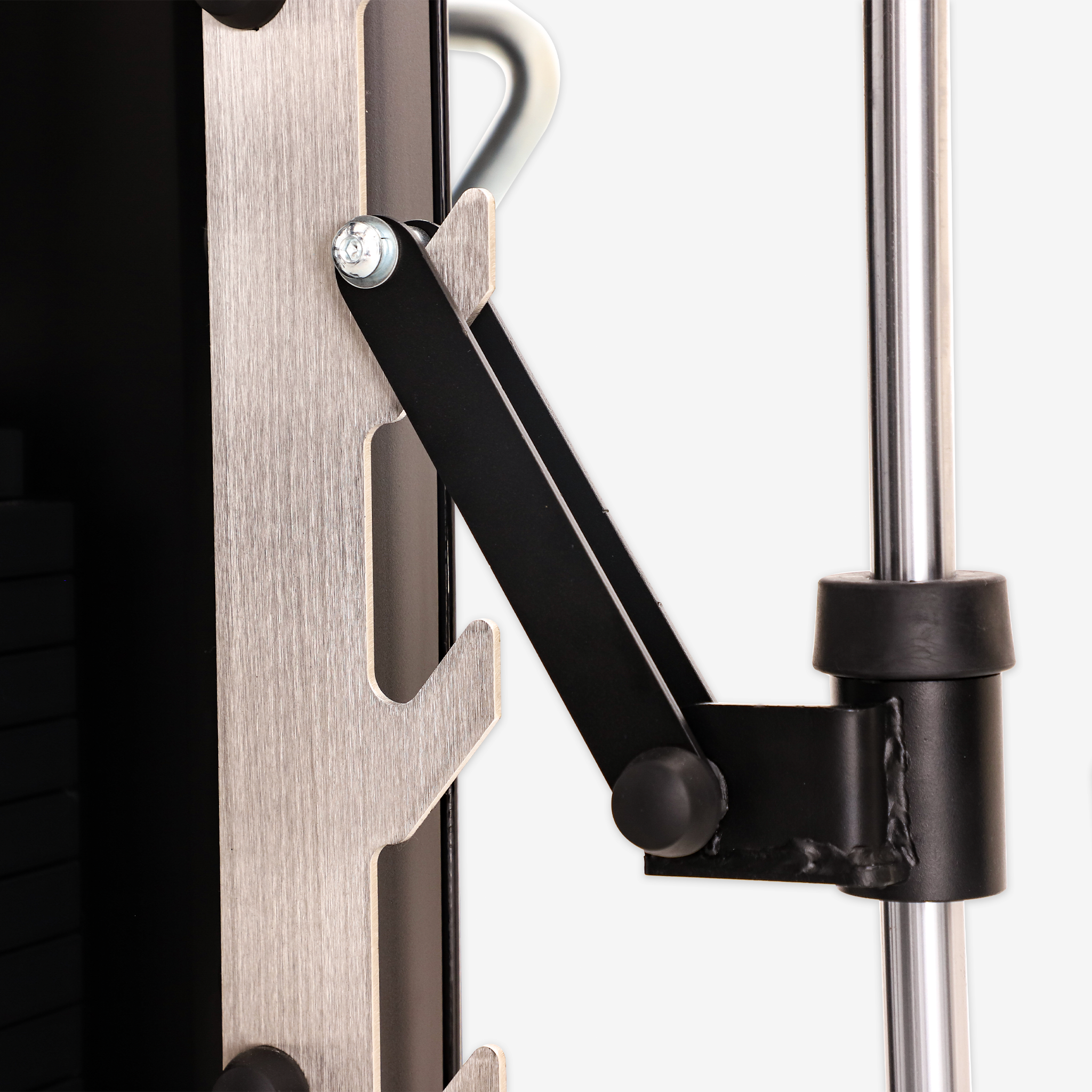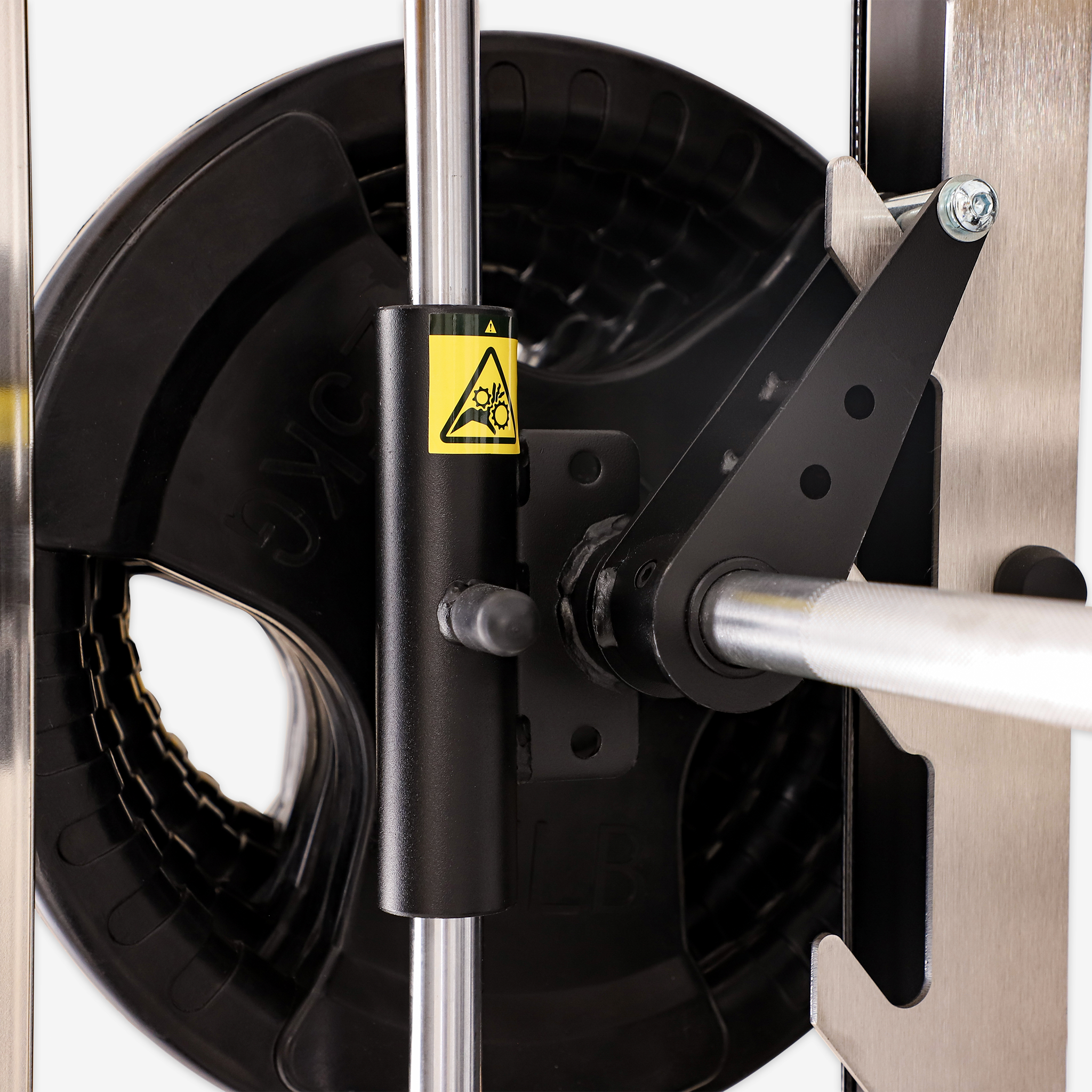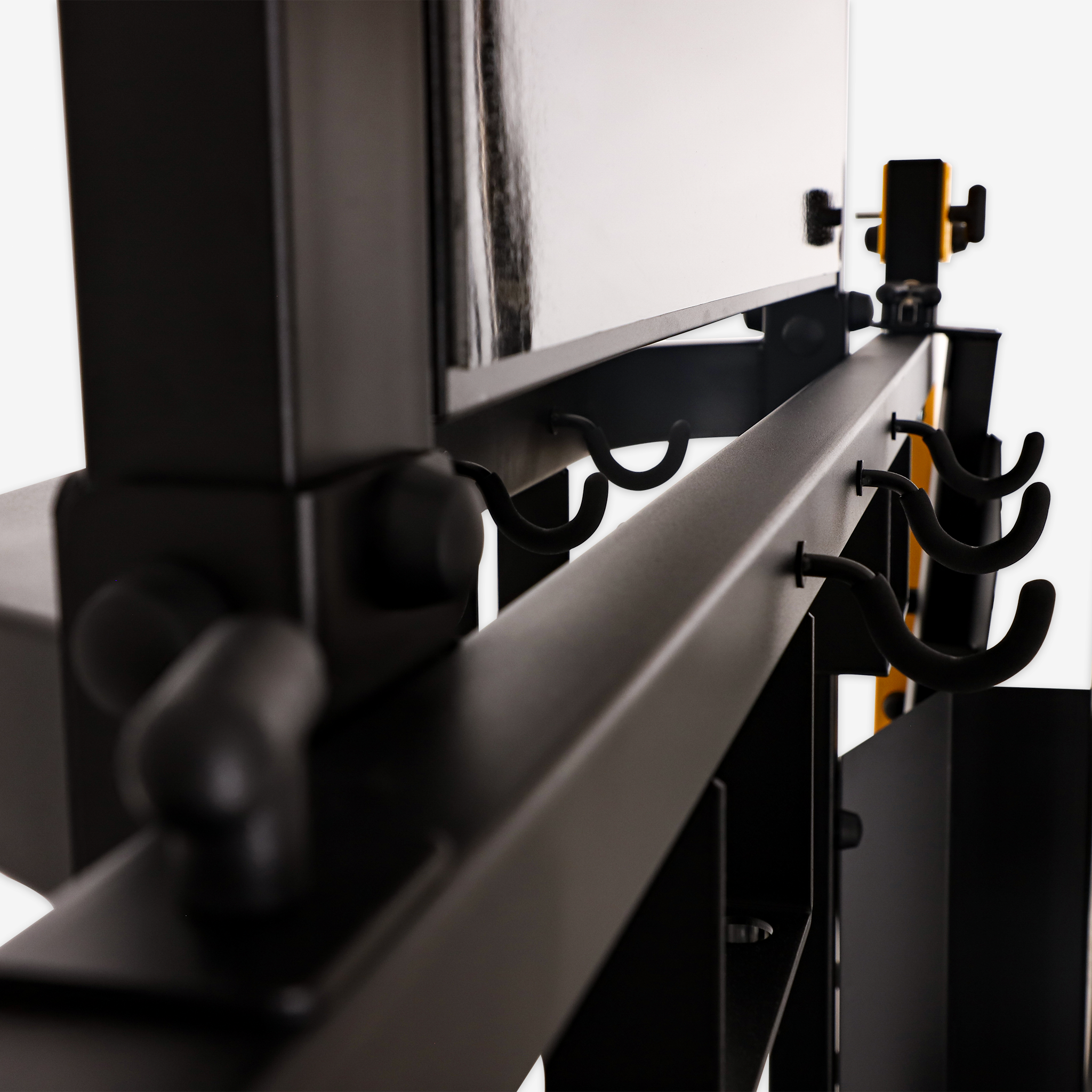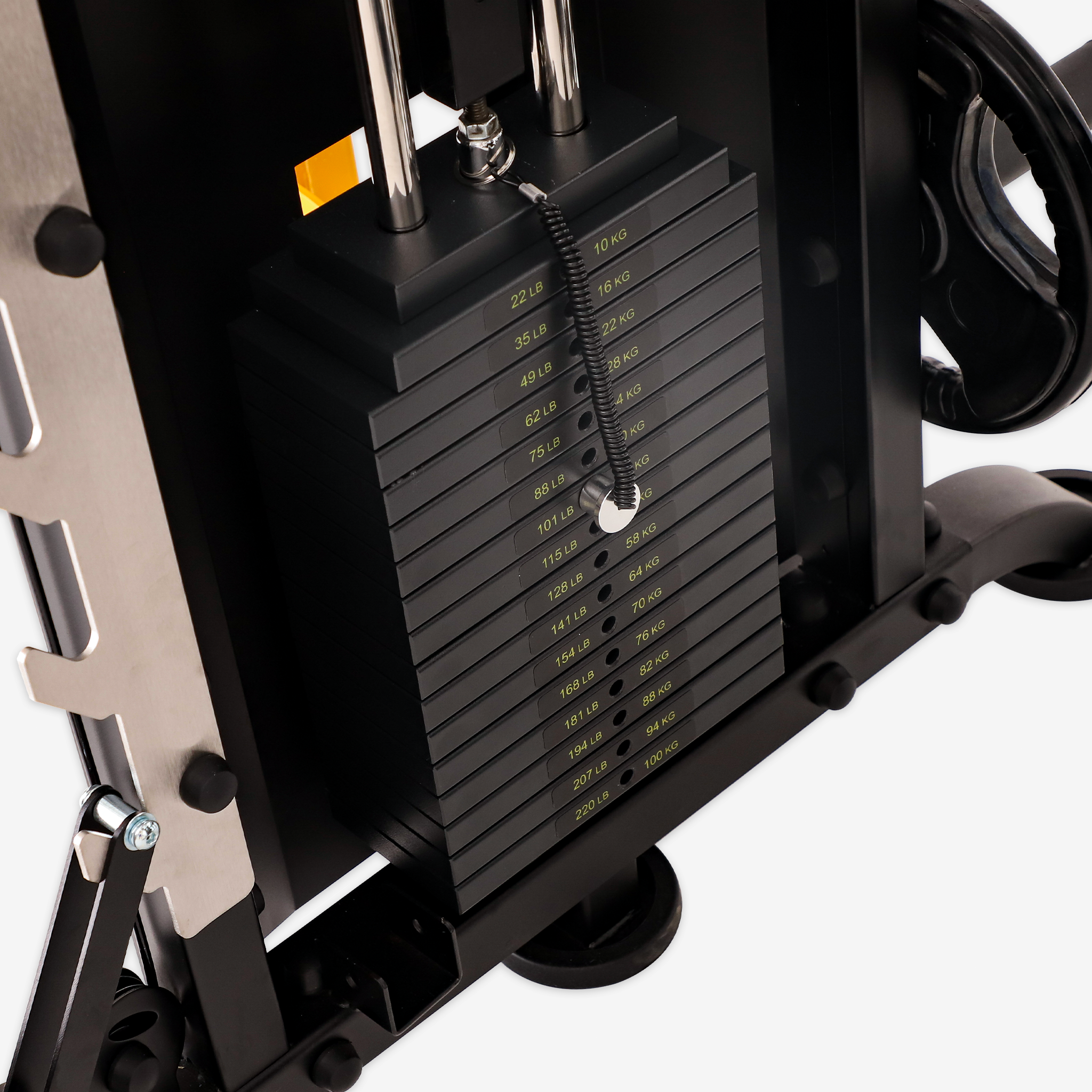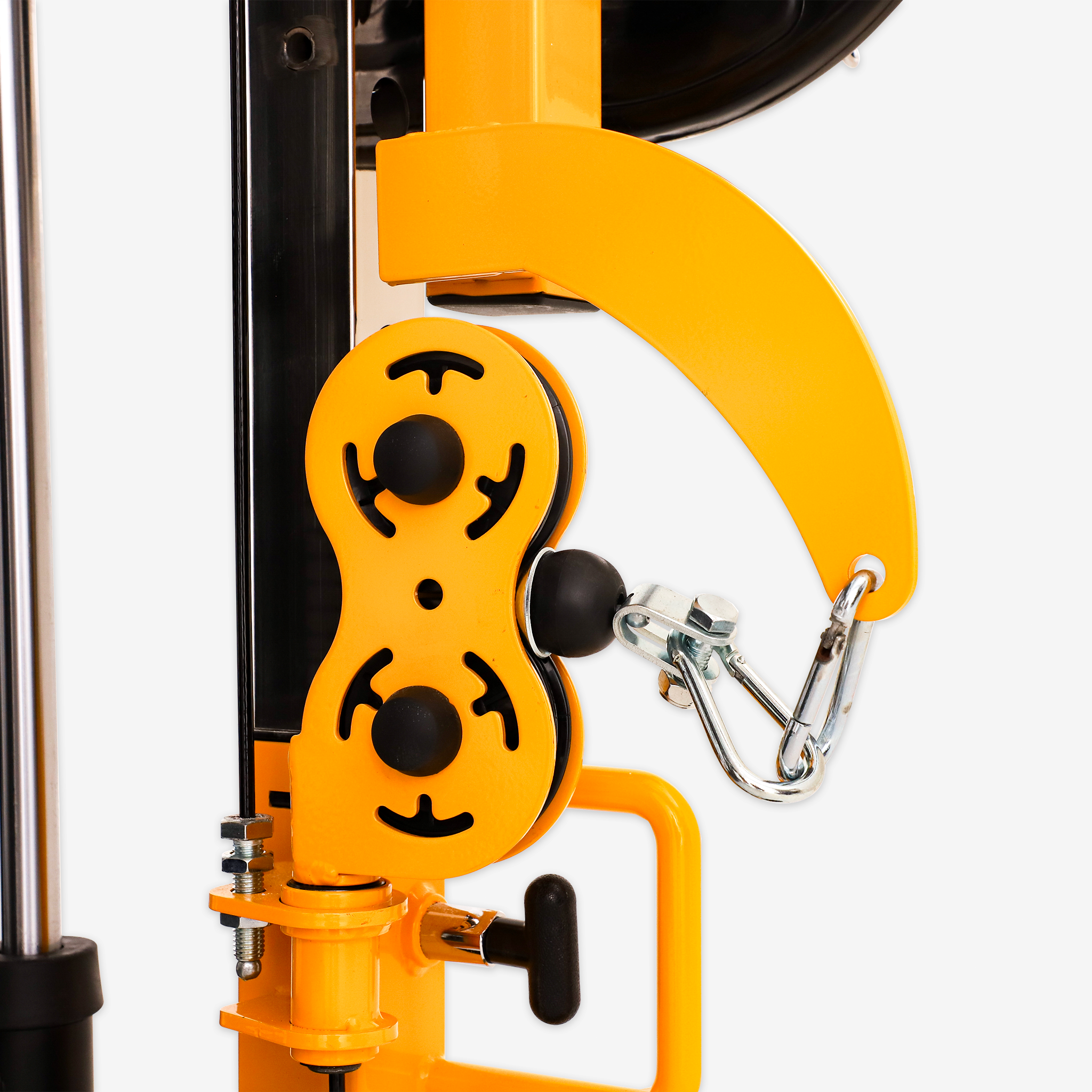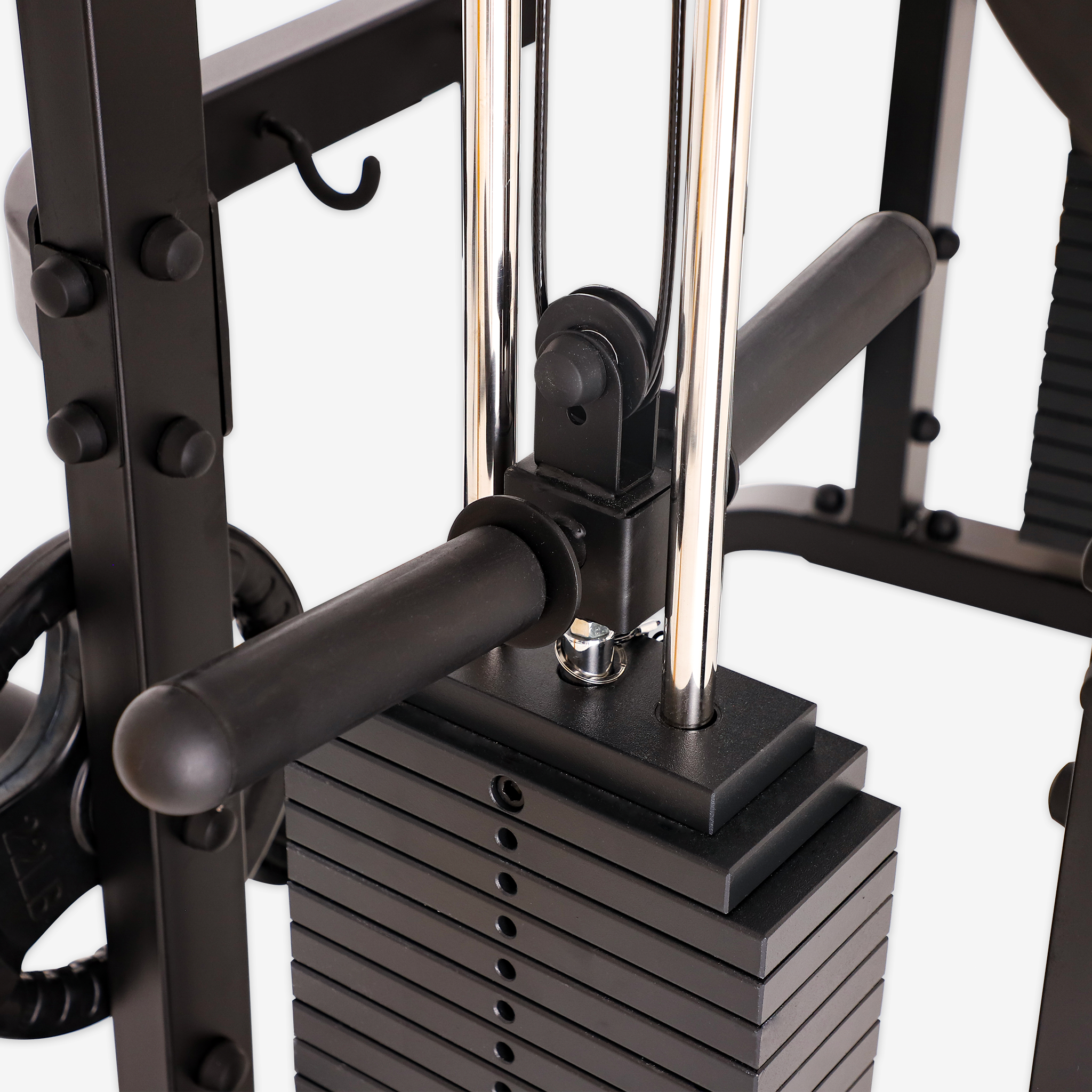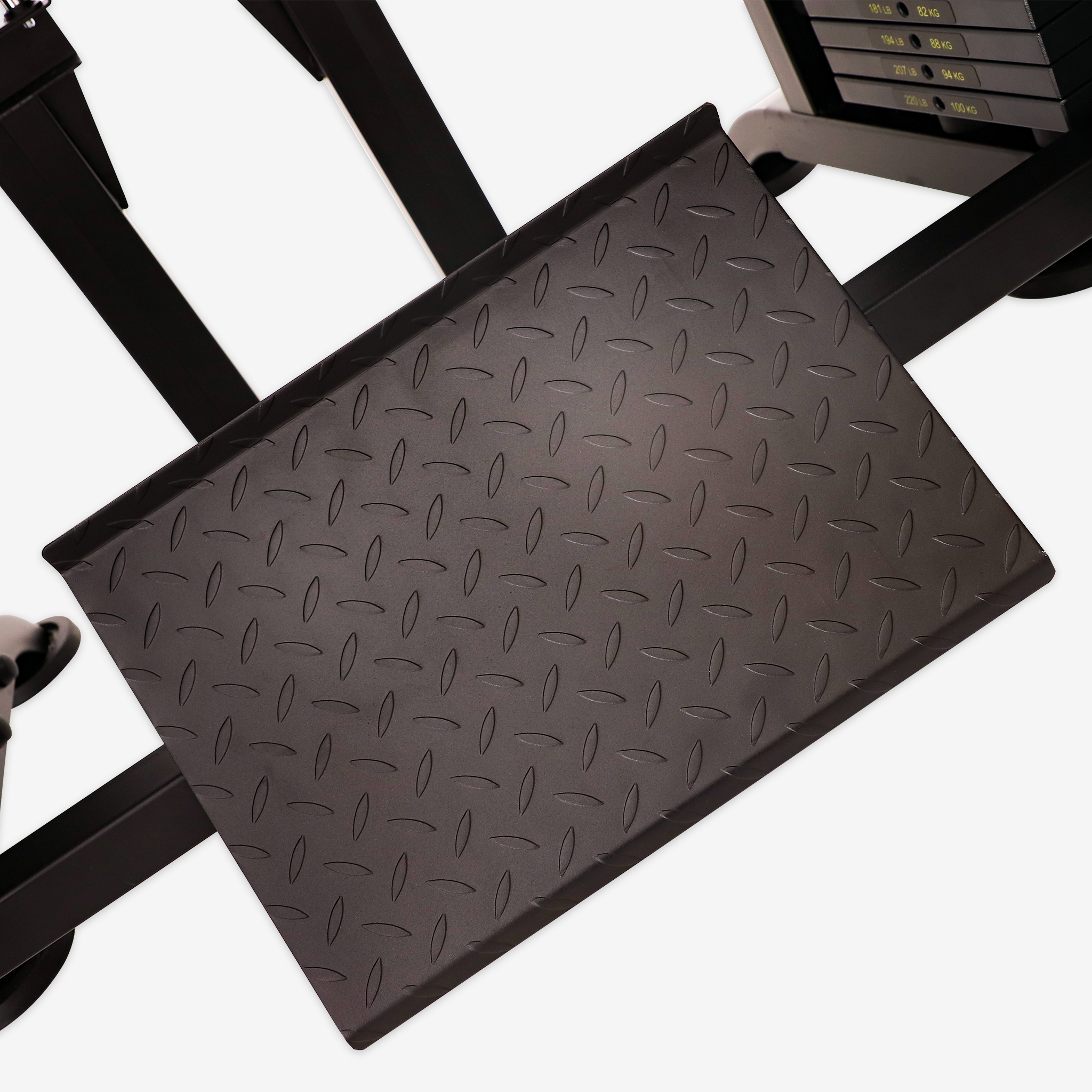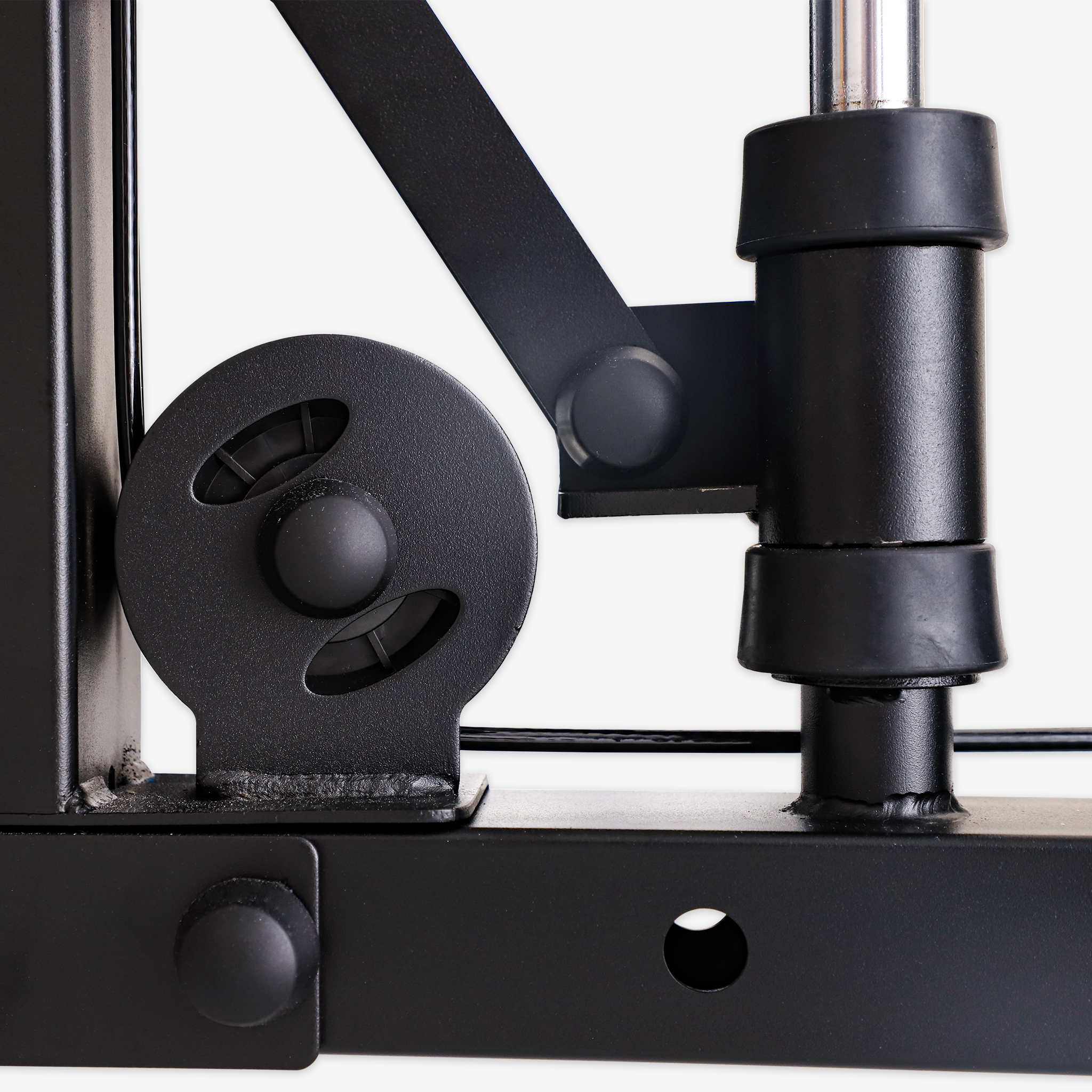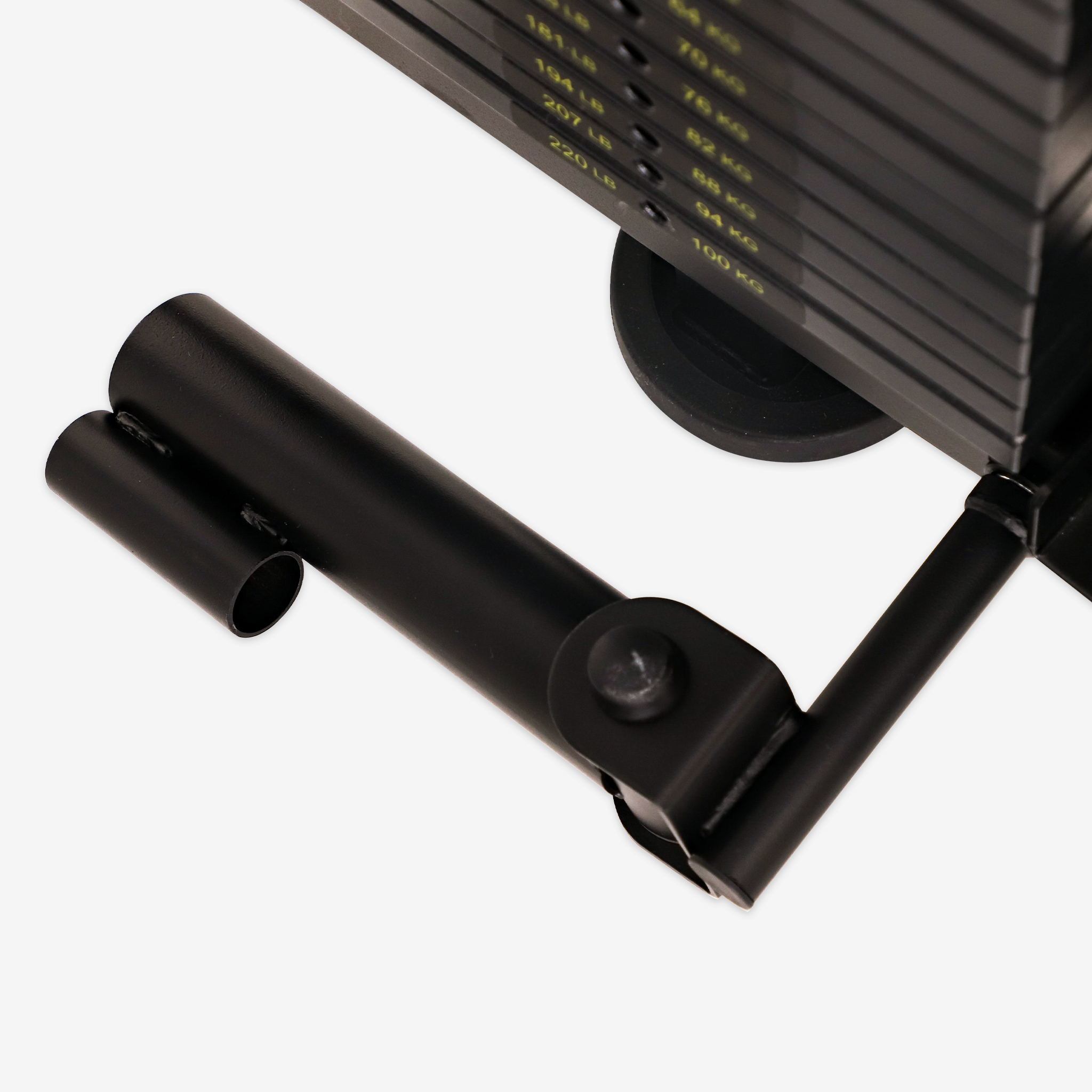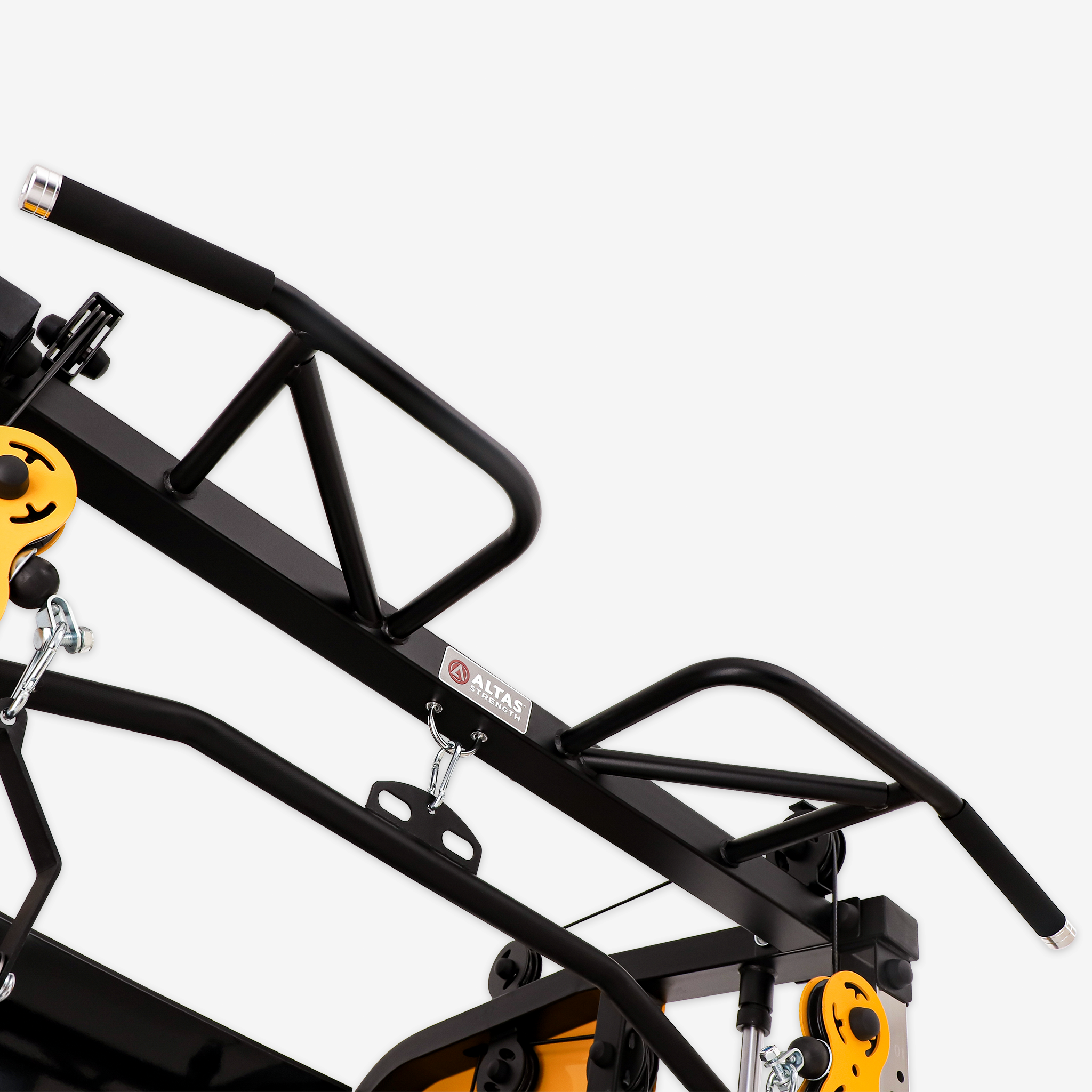As global awareness of health and wellness continues to rise, fitness has become an essential part of everyday life. Gym machines and fitness equipment are no longer exclusive to commercial gyms—they have entered homes and workplaces, helping people of all ages pursue healthier lifestyles. Whether you're a beginner or an experienced fitness enthusiast, selecting the right equipment and using it properly can significantly improve your results and overall well-being.
I. Classification and Functions of Fitness Equipment
Fitness equipment can be broadly classified into three categories: aerobic training equipment, anaerobic training equipment, and auxiliary tools.
1. Aerobic (Cardio) Training Equipment
Aerobic equipment is designed to improve cardiovascular endurance and burn calories through sustained, rhythmic exercise. Common types include:
- Treadmills: Ideal for walking, jogging, and running with adjustable speed and incline.
- Elliptical Machines: Provide a low-impact alternative to running, protecting joints while offering full-body movement.
- Stationary Bikes & Spin Bikes: Great for indoor cardio, especially for lower body strengthening.
- Rowing Machines: Deliver a full-body workout, enhancing both endurance and muscle tone.
2. Anaerobic (Strength) Training Equipment
Anaerobic fitness tools build muscle strength, tone, and endurance. These are essential for boosting metabolism and maintaining body composition. Key equipment includes:
- Free Weights: Dumbbells, barbells, and kettlebells for versatile strength training.
- Smith Machines: Guided barbell system that enhances safety for compound lifts.
- Power Racks and Bench Presses: Core tools for heavy strength training and progressive overload.
- Lat Pulldown Machines: Focus on upper body muscle groups such as lats and biceps.
3. Auxiliary Equipment
These tools help with warm-ups, stretching, recovery, and injury prevention:
- Yoga Mats: Essential for floor exercises, stretching, and stability workouts.
- Resistance Bands: Lightweight, portable tools for strength and rehab training.
- Foam Rollers: Aid in muscle recovery and flexibility through myofascial release.
- Massage Guns: Useful for deep tissue massage post-exercise to speed up recovery.
II. How to Choose and Use Fitness Equipment Correctly
Selecting the right equipment depends on your fitness goals, space availability, and budget. Here are some tips for making the right choices:
For Beginners:
- Start with simple, multipurpose tools like dumbbells, yoga mats, and resistance bands.
- Learn basic movement patterns—squats, lunges, pushes, pulls—before progressing.
- Prioritize form over weight to avoid injury and build confidence.
For Home Gym Users:
- Invest in space-saving and multifunctional equipment such as adjustable benches, pull-up bars, and squat racks.
- Look for foldable or compact designs that can be stored easily.
- Consider digital or smart equipment that syncs with apps for tracking progress.
Proper Usage Tips:
- Posture matters: Keep a neutral spine, especially when lifting weights or using treadmills.
- Warm-up first: Use foam rollers or light cardio to prepare the body for intense work.
- Control the movement: Avoid using momentum. Focus on slow, controlled reps.
- Stretch post-workout: Flexibility training helps improve mobility and prevent injuries.
III. Trends and Market Prospects in the Fitness Equipment Industry
The global fitness equipment market is evolving rapidly. In China and beyond, the industry is entering a phase focused on personalized, human-centric design. Key trends include:
- Home fitness boom: Post-pandemic, many people prefer exercising at home, driving demand for compact and smart fitness equipment.
- Technological integration: Smart treadmills, AI-driven rowing machines, and app-connected resistance systems are becoming standard.
- Focus on comfort and safety: Manufacturers like Altas Strength emphasize ergonomic design and user-friendly features.
- Eco-friendly and sustainable options: The demand for eco-conscious fitness products is growing, such as recyclable yoga mats and energy-efficient machines.
IV. Conclusion: Build a Better Life with the Right Fitness Equipment
Fitness equipment is more than just a tool—it’s a gateway to a healthier, more confident version of yourself. Whether you're working out at a professional gym or in your living room, understanding how to choose and use fitness equipment effectively can make all the difference.
By making smart equipment choices and committing to regular, scientifically grounded workouts, you can:
- Improve cardiovascular health
- Build muscle and burn fat
- Boost mental clarity and reduce stress
- Enhance mobility, flexibility, and injury resilience
Ready to elevate your fitness journey? Explore premium gym equipment at Altas Strength—designed for serious results and built with your health in mind. Start today and enjoy the lifelong benefits of regular, effective training.

